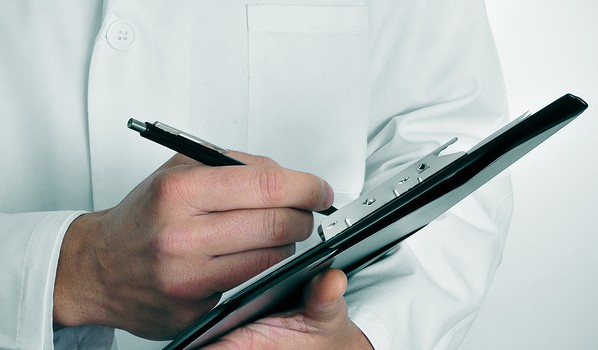In today’s world, we are almost never out of touch. The advent of the cell phone gave us the potential to be constantly available. Email allows us to send and receive messages at all hours without disturbing the other party. The popularity of text messaging has added a new, perhaps even less intrusive, form of communication. Although these advances have improved our ability to stay connected and up to date from afar, do they really improve our ability to interact with others? To educate? To be mentored and act as a mentor?
Almost every hospital has created remote access to their EMR, allowing providers to complete their chart work from the comfort of their home. This modern convenience also enables us to view radiographs from home when a resident or ED physician calls in consultation. Residents are able to snap a quick HIPAA compliant picture with their cell phone, and instantly you are able to see at least some of the details of the laceration, infection and/or injury. Although this seems incredibly convenient while sitting pajama clad on your couch, is the art of description somehow being lost as we are swept away into the digital era of medicine?
Technology, including cell phones, EMRs and digital imaging has certainly improved many aspects of modern medicine and resident education. That being said, I often struggle to resist the urge to look at a radiograph and bypass the need for the residents’ description of the image. Frequently, your cell phone pings with a photograph proceeding the phone call, which may serve to eliminate the need for the trainee to eloquently verbalize what they have seen. I find myself asking the residents to pretend I am not able to see the radiographs (God forbid!) and to “use their words.” The art of describing a film or an injury so that someone can perfectly visualize the patient and their injured extremity is an essential part of resident education and the practice of hand surgery. We must be careful not to allow the conveniences of modern technology to drive this art form into extinction.
Another realm affected both positively, and potentially negatively, by technology is that of mentorship and collaboration with other hand surgeons. It has become exceedingly easy to quickly poll a group of colleagues via email or even a text regarding their opinions for treatment of a particular patient or pathology. Visual aids (radiographs, clinical photographs or even videos) are effortlessly attached. Although this allows us to be more collaborative and perhaps to be enlightened to treatment options, you may not originally have considered: Does it teach us to become less reliant on instinct? It is so simple to elicit the opinions of others that we may condition ourselves away from simply trusting our training and knowledge in treating patients. I am certainly guilty of reaching out for advice (thank you to those who are frequently on the other end of my text messages and emails…you know who you are) simply because I can. Does this collaborative digital brainstorming lead to improved patient care or simply quell our collective neuroses that we may be missing something in the treatment algorithm?
Technology is wonderful and certainly has changed the environment of modern medicine and resident education with many added conveniences. However, texting and emails cannot substitute for true human interaction. Verbal discussion of patients and pathology should be preserved and not replaced with emojis. We should strive to embrace the advances that come with the digital world but also to maintain the “old school” art of description and interaction.

